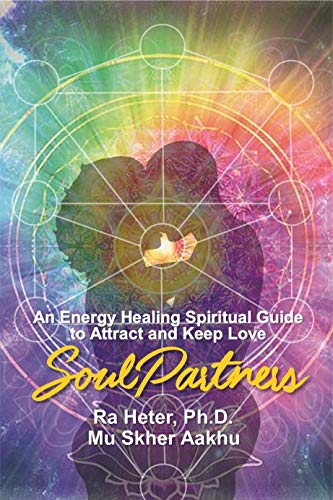The Chemistry of Love: Oxytocin May Drive Monogamy in Relationships
Come for the romance, stay for the oxytocin. That’s the neurobiological bottom line on monogamy, according to a new study.
Men spritzed with oxytocin, a hormone from the pituitary gland, showed a renewed attraction for the faces of their romantic partners, but not for equally attractive strangers, according to a study published online Monday in the journal Proceedings of the National Academy of Sciences.
And the men weren’t just saying so. Their brains were hyped up in areas associated with reward and motivation, according to the study.
“Monogamy is actually quite costly for humans, so there must be some form of benefit,” said Rene Hurlemann, a psychiatrist at the University of Bonn in Germany who led the study. “We’d expect humans, especially males, would disseminate their genes. That would be a very strong evolutionary force driving male behavior. But what drives males to stay in a monogamous relationship?”
The answer may lie in a steady diet of oxytocin that triggers dopamine, a neurotransmitter associated with reward, motivation and addiction, according to the study.
Only about 3% to 5% of mammals form strong pair bonds, and among them, the prairie vole is perhaps the most studied. Monogamous voles, according to those studies, have more receptors for dopamine and have more oxytocin receptors in the cortex and several lower brain areas in the reward loop.
In humans, overtures of social support, hugs, massages and sexual intercourse all release oxytocin. And oxytocin, in turn, has been shown to induce pro-social behavior –- we tend to trust each other and feel more attached to others in response to the chemical.
Hurlemann, who has delved into the mystery of monogamy for years, built the current study on the somewhat surprising results of a previous experiment that showed monogamous men spritzed with this putative love potion tended to seat themselves farther from a potential new mate – an attractive female.
This time, Hurlemann and his colleagues took 20 men who were in long-term and passionate romantic relationships with women, hooked them up to functional magnetic resonance imaging scanners, and showed them photos of their loved ones interspersed with images of an unfamiliar but equally comely stranger, or a house. Some men were spritzed with oxytocin, others with aplacebo. To test whether oxytocin varied only with familiarity, they substituted highly familiar faces for the house images.
Afterward, the men filled out the Passionate Love Scale questionnaire, which showed that their inner Romeo prevailed over their inner Lothario. They were fixated on their current romantic partner.Brain scans added credence to their answers: Images of the familiar partner evoked a higher signal in the nucleus accumbens, long associated with reward, and the ventral tegmental area, an important dopamine engine that drives motivation. That response was strongest for the image of the partner than for any other.
So, do men become addicted to love via oxytocin? The metaphor may not be far off the mark, Hurlemann suggests. The data suggest the mere proximity of a partner — in this case, a photo — could touch off the same reward and motivation circuitry behind addictive behavior.
So, a steady diet of sexual activity, hugs and other forms of physical contact may be enough to override the desire to spread genes, keeping a man at home.
In other words: Keep the home fires burning.
There was a note of caution, however, that may merit further investigation. Familiar female faces didn’t stoke the brain waves as much as the photos of the partner did, but they touched off activity in another area of the men’s brains: the caudate nucleus, which is associated with conscious approach-attachment behavior.
Hurlemann said he is eager to find out whether different neural pathways are behind different types of attachment behavior.
In the meantime, Hurlemann said, “We believe we found a mechanism that could explain why it is beneficial for males to stay in a romantic relationship.”
Oxytocin, in short, may have edited the “r” from “stray.”
By Geoffrey Mohan, November 25, 2013, 4:06 p.m.
Source: Los Angeles Times
http://www.latimes.com/science/sciencenow/la-sci-sn-oxytocin-monogamy-20131125,0,5690298.story#ixzz2lo8jG3PE














